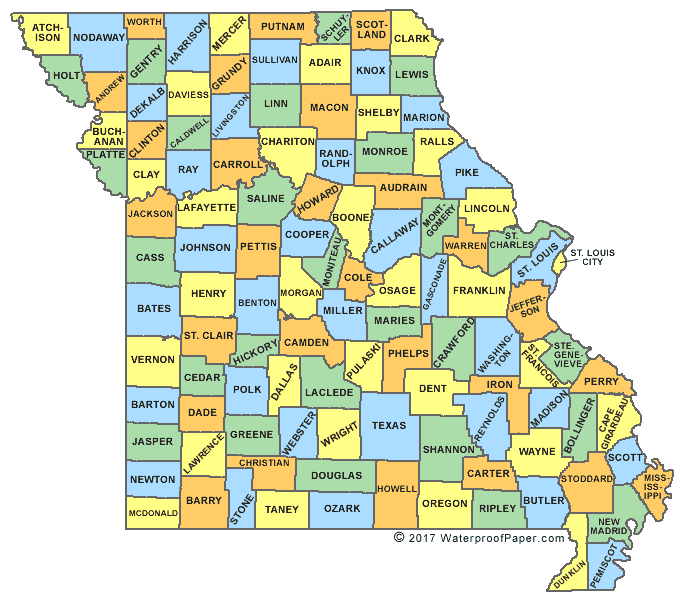Charles V. Brantley, who was trained for aerial combat as a Tuskegee Airman, was born Charles Vernon Brantley in St. Louis, Missouri, on June 1, 1920. He was reared in the Ville neighborhood and graduated from racially segregated Charles H. Sumner High School in 1938.
In 1940, Franklin Delano Roosevelt directed the War Department to begin training an all-African American flying unit. A segregated flight school was set up at the Tuskegee Army Airfield near the campus of Tuskegee Institute in Alabama. After three years of training, however, the pilots remained in the U.S. until Black federal judge William H. Hastie, Jr., who had been the dean of the Howard University Law School, persuaded the Army to commit to sending the 99th Fighter Squadron (Tuskegee Airmen) to Europe in 1943. One year later, Flight Officer Brantley became a Tuskegee Airman after graduating from flight school and was commissioned as a Second Lieutenant in the SE-44-E – on May 23, 1944.
Brantley was sent to Europe to join the 332nd Fighter Group, also called the “Red Tails.” His Squadron 100th, along with 99th, 301st, and 302nd, were the only African American Pilots in the U.S. Army Air Force during World War II.
On March 24, 1945, Second Lt. Charles V. Brantley and fellow pilots, 1st Lieutenants Roscoe C. Brown and Earl R. Lane of the 100th Fighter Squadron pilots, while operating over Berlin, Germany, shot down three Messerschmitt Me 262 jet fighters, which at the time were the most advanced light bombers in the German Luftwaffe. Brantley, Brown, and Lane each shot down a Me 262, marking the only time members of the 332nd Fighter Group destroyed any jets. They accomplished this feat by flying slower, propeller-driven P-51 Mustangs. Brantley became the second 332nd pilot to engage a Me 262, following Captain Roscoe C. Brown, Jr., commander of the 100th Fighter Squadron of the 332nd Fighter Group. Brantley outflanked the German jet and fired into the cockpit, killing the German ace pilot.
The 1,600-mile mission from Ramitelli, Italy, to Berlin targeted the Daimler-Benz tank assembly plant, which produced Mercedes-Benz tanks near the German capital. It was the longest Fifteenth Army Air Force bombing escort mission ever flown by this unit.
Brantley and his fellow Tuskegee Airmen shot down 112 enemy aircraft while flying P-51 Mustangs. Their actions earned the 332 Fighter Group a Distinguished Unit Citation. However, none of the Tuskegee Airmen were certified as aces, as no one pilot was responsible for shooting down at least 15 enemy aircraft. This was partly because the Tuskegee Airmen entered combat in the European theater much later than the Fighter units that were deployed over Europe as early as 1942. By 1944 there were relatively few German fighters remaining to encounter.
After World War II ended, Brantley remained in the military for more than 20 years, serving as a meteorologist. In 1947, he enrolled in Stowe Teachers College, an HCBU in St. Louis. One year later, he applied for admission to the University of Missouri, but his application was rejected because of his race.
Major Charles V. Brantley died in Saint Louis, Missouri, on June 4, 1970. He was 50.
Do you find this information helpful? A small donation would help us keep this available to all. Forego a bottle of soda and donate its cost to us for the information you just learned, and feel good about helping to make it available to everyone.
BlackPast.org is a 501(c)(3) non-profit and our EIN is 26-1625373. Your donation is fully tax-deductible.
“Charles Brantley,” https://www.332fg.org/brantley-charles-b3110-332fg.cfm; Daniel L. Haulman, “Misconceptions about Tuskegee Airmen,” https://www.afhra.af.mil/Portals/16/documents/Timelines/World%20War%20II/Misconceptions_About_the_Tuskegee_Airmen.pdf?ver=2016-09-02-115550-823; Mary Helen Stoltz, “A pioneer of integration,” https://news.mst.edu/2021/01/a-pioneer-of-integration
Your support is crucial to our mission.
Donate today to help us advance Black history education and foster a more inclusive understanding of our shared cultural heritage.

